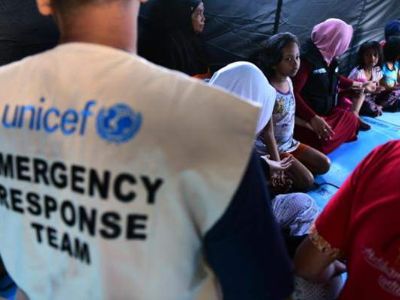Cover image: © UNICEF/UN08247/Khuzaie
This module focuses on the third step of Emergency Response Preparedness (ERP) planning i.e., Step 3 Mapping existing capacities for Nutrition response.
During this module, you will understand the importance of reviewing and documenting existing capacities and resources focusing on coordination and Information Management (IM) capacities, on capacities for assessments and for Nutrition response provision.
You will see how this step of the ERP process allows identifying potential gaps, that can then be translated into preparedness actions toward improving the Nutrition cluster/sector capacity to timely and effectively respond to emergencies.
Learning objectives
By the end of this module, you will be able to:
- Explain the purpose of mapping existing response capacities.
- Describe key technical and operational capacities that need to be mapped as a Nutrition cluster/sector.
- Understand how to undertake response capacity mapping as a Nutrition cluster/sector and recognize possible mechanisms and available tools.
Audience
This module is an intermediary-level course aimed at anyone who is interested in furthering their skills and knowledge in nutrition cluster coordination in humanitarian contexts, and who needs to coordinate and collaborate with the humanitarian architecture on this topic. It is part of the recommended learning path for national nutrition cluster coordinators aiming to progress to senior level roles.
Length
It should take you about 25 minutes to complete this self-paced course.
Methodology
This course is composed of a single short self-paced animated module, including various examples and activities.
Structure
Introduction
5 min
Lesson 1: Purpose of capacity mapping
5 min
Lesson 2: How to undertake capacity mapping?
10 min
Summary
5 min
Suggested prior learning
Introduction to Emergency Response Preparedness (ERP)
ERP Steps 1&2: Risk analysis and scenario building
Contact details
For technical issues, you can contact https://www.nutritioncluster.net/Ask_question
